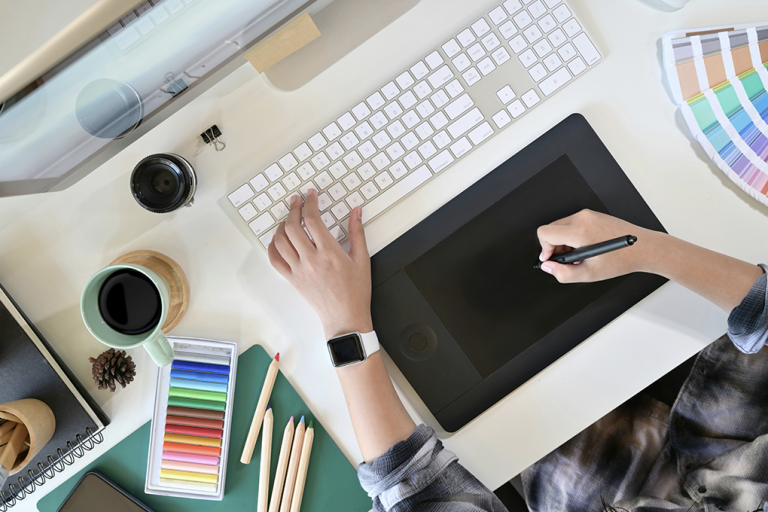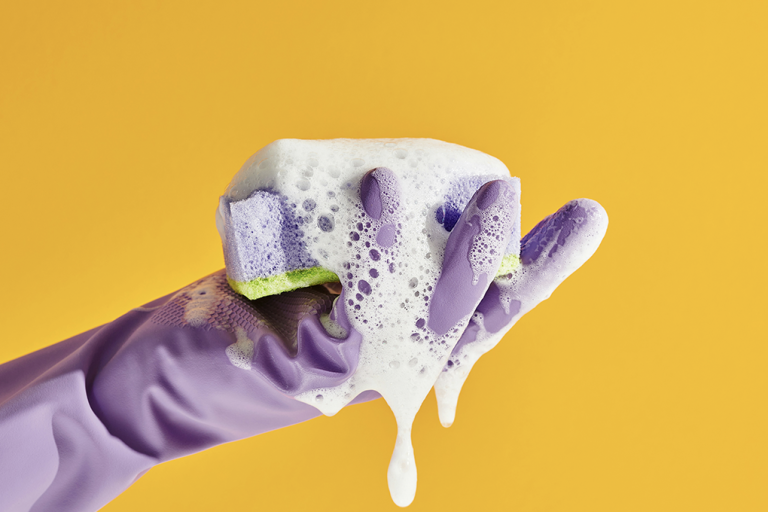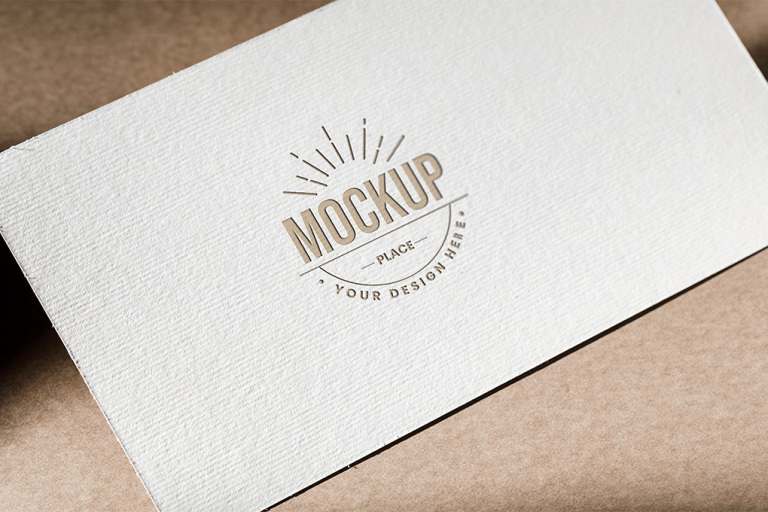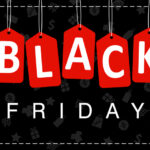Colors affect people in different ways. By understanding the science of color, and by applying it to your brand in a creative way, color can actually increase brand recognition by up to 80 percent.
This guide will help you understand how color influences potential buyers. Armed with this knowledge, you can choose the right logo colors for your brand.
Yellow: happiness and optimism
Let’s start with yellow. Right now, think of some companies you know that use yellow as a prominent color of their logo. Chances are, you thought of businesses like Ikea, Best Buy, IMDb, Nikon, and National Geographic. In the restaurant business, McDonalds, Denny’s, and SubWay all use yellow. According to psychologists, yellow can be associated with sunshine, optimism, warmth, and happiness.
If you’re considering yellow as your logo color, make sure it’s a bright, buttery hue. If you choose a yellow that’s too pale, it won’t stand out on a white background. Choosing a yellow with orange tones carries a visual reminder of caution signs and danger, so be careful of yellow-orange shades as well.
Orange: friendliness and confidence
Orange is associated with things that are fun, friendly, exciting, or enjoyable. That’s why you’ll see orange as a predominant color in the logos of Nickelodeon, Fanta, Home Depot, Harley Davidson, and Shutterfly. Orange helps people feel cheerful, youthful, and confident, and it conveys energy, health, creativity, and warmth.
Again, there are certain uses of orange that you should steer away from. For example, avoid using bands or stripes of orange and white in your logo—you don’t want it to look like one of those roadside caution cones. A too-bright orange can actually trigger a feeling of alarm in people, so keep the color bright but slightly muted.
Red: excitement and boldness
Power, energy, heat, and passion—all these characteristics are associated with the color red. If you’re looking for a color that expresses the bold momentum, fiery passion, or boundless energy of your business, red might be the right choice.
Companies like Nintendo, Coca-Cola, Netflix, Lego, CNN, Target, YouTube, and many more have found a connection between the color red and their company’s offerings. Red has also been proved to stimulate the human appetite, so it’s often used for restaurants and food companies like Lays, Kellogg’s, Dairy Queen, Nabisco, and KFC.
You should use red with caution, though. Red is the color of anger and aggression and can bring up thoughts of violence, danger, and fire. But if you use it carefully, you can harness its energy to make your customers more passionate about your products and services.
Purple: creativity and wisdom
Purple is the classic color choice of royalty and is also associated with wisdom, solemnity, wealth, and dignity. Modern brands have successfully used this hue to convey creativity, magic, and imagination. You’ll find that the Syfy channel, Barbie, T-Mobile, Cadbury, Hallmark, and Lynx have made excellent use of this color for their logos.
Pink: femininity and romance
Pink is a polarizing color. There are certain feminine associations with the color, so you should be aware of those if you plan to use pink in your logo. Pink is associated with femininity, flowers, love, fun, flirtation, and romance. It can also represent quiet strength.
If your product or service caters to a primarily female audience, then pink could work wonders for you. But steer clear of neon-bright pinks that could be off-putting to some customers.
Brown: masculinity and rustic life
In contrast to pink, brown has some masculine overtones when it comes to logo creation. If you have a product or service that is primarily marketed toward men, consider using a shade of brown in your logo. Brown also works well for rural, rustic, or outdoorsy products.
The famed chocolate makers Hershey’s and Godiva, along with ice cream maker Edy’s, use warm hues of brown in their logos. You’ll also see brown associated with organic products, ale and beer, coffee, camping supplies, and rustic decor.
Blue: trust and dependability
Traditionally, blue signifies dependability, strength, and trust. The sight of a blue sky is automatically calming and peaceful, so it makes sense that blue would also be linked to peace and tranquility. Do you want your customers to feel calm and safe when they view your logo? If so, blue could be an excellent choice for your business.
In fact, well-known companies like Dell, JP Morgan, Intel, HP, IBM, and American Express use blue in their logos. It’s not a coincidence that many of those groups deal with finances or technology, areas in which people need to feel that strength and dependability.
Green: peace and health
Green is the color of growing things, the hue of lush grass and leafy trees. People feel more peaceful when they see the color green. It’s also associated with health, life, and affluence. Whole Foods, Animal Planet, John Deere, Tropicana, Publix, and Land Rover all use green in their logos.
Be careful when you use green because people tend to react badly to certain shades of this color. Sickly green, pea green, olive green, and yellowish-green tend to elicit negative reactions from people. Stick with shades of green that mimic the colors of nature, like grass or leaves.
With this new color knowledge, are you ready to experiment with your logo design? You don’t have to pick just one; sometimes a combination of two or three colors will best represent your brand. Try using our logo maker to play around with different color options to discover the winning hue for your business.







